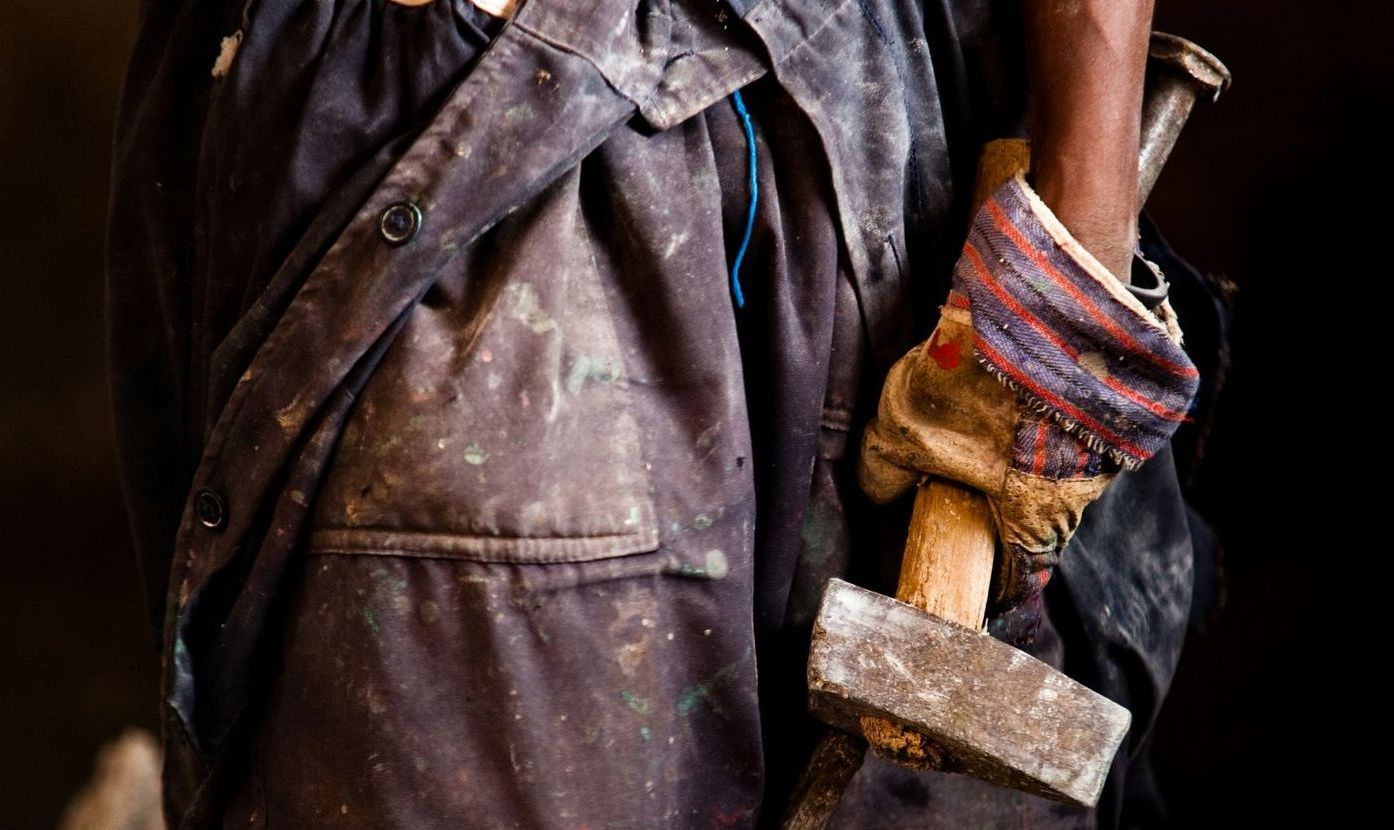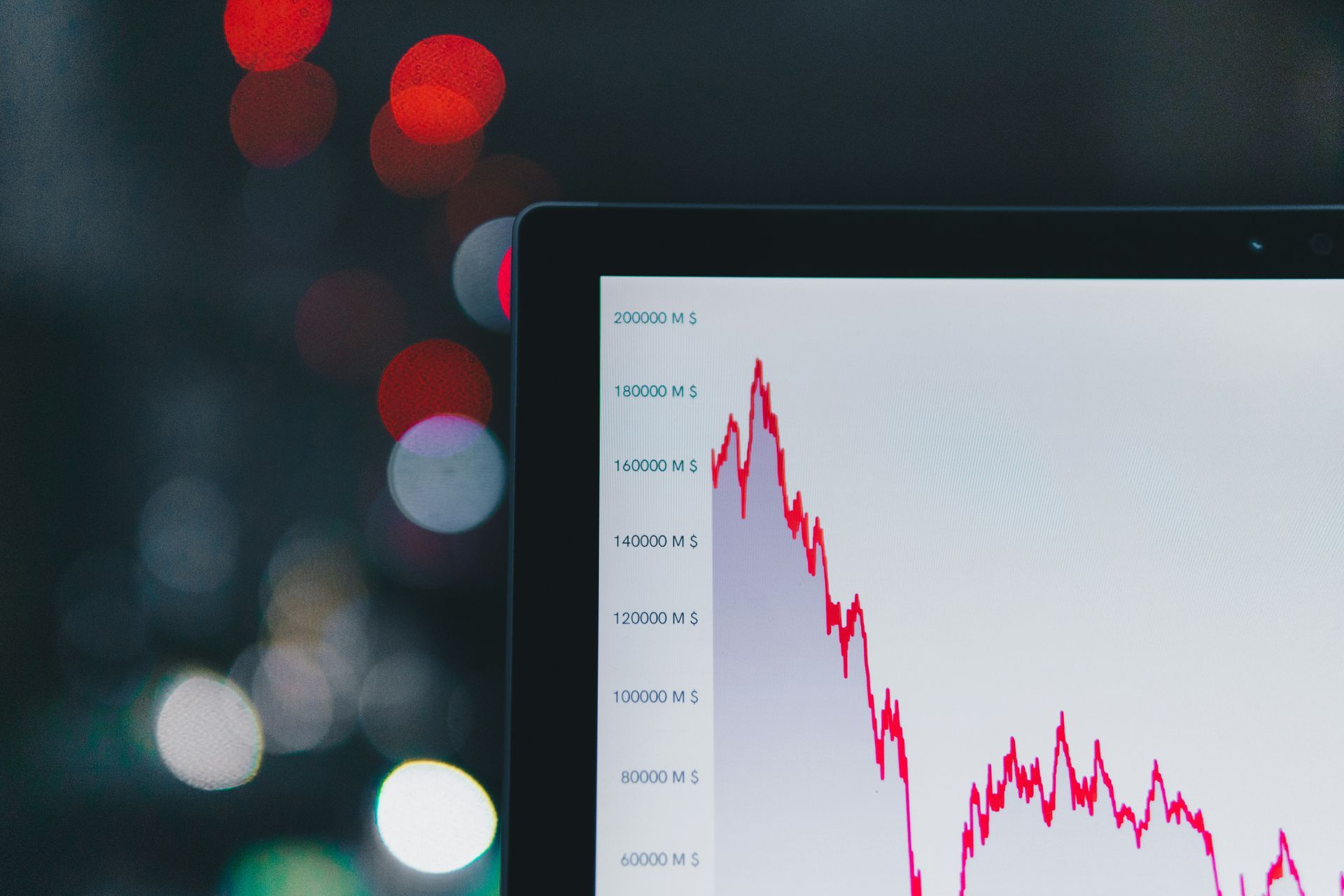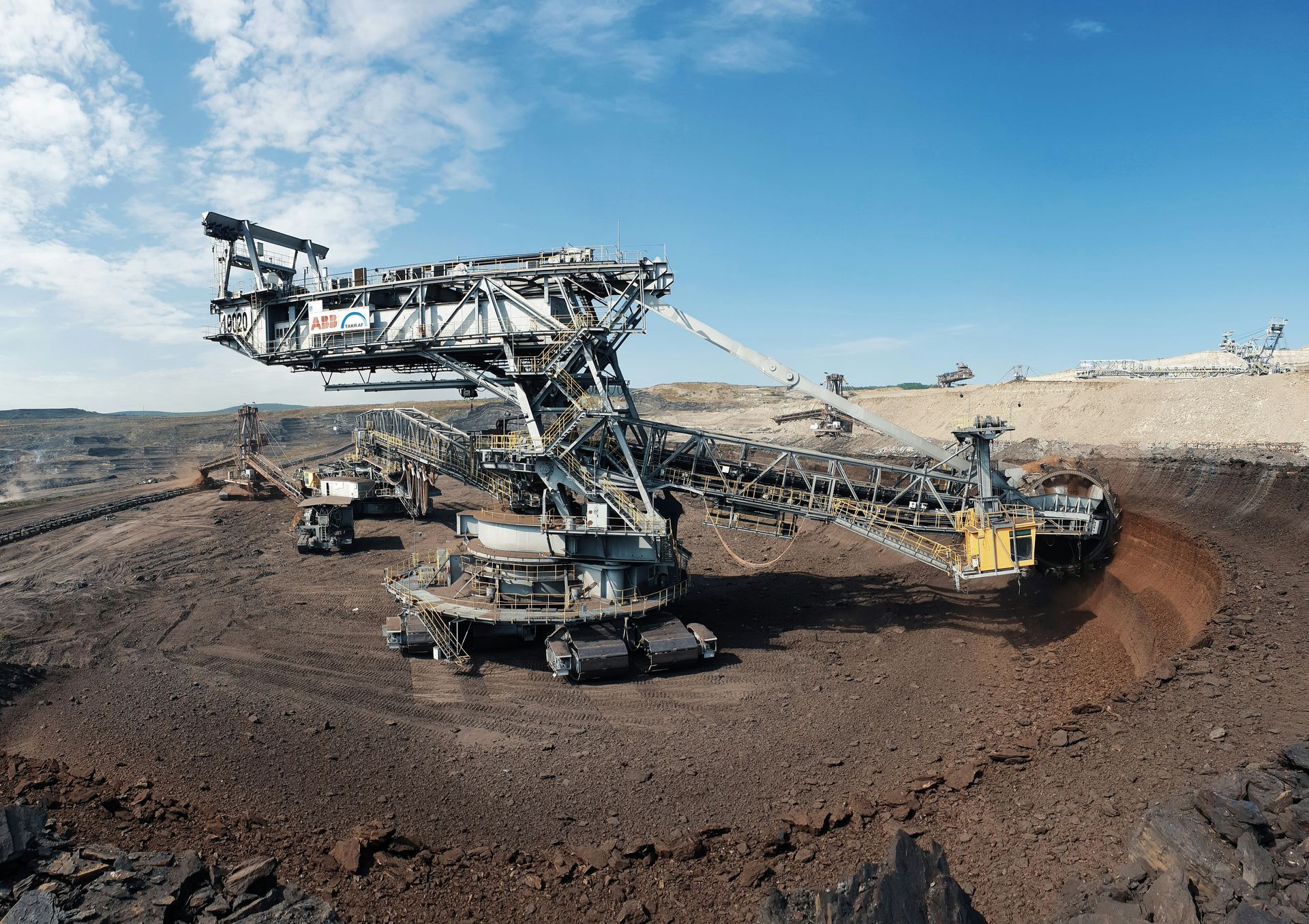Project Tantalus: Mapping Global Tantalum Supply Chains back to the S&P 500
In March 2025, the Rwanda-backed M23 rebel group seized control of Walikale, a key mining town in Eastern Congo, tightening its grip on one of the most strategically important sources of coltan in the world.
In April, following peace talks in Doha the DRC government and the rebels jointly announced a ceasefire, committing to an immediate cessation of hostilities and a rejection of hate speech and intimidation.
Despite this agreement, reports indicate that M23 fighters remain active in parts of Walikale, with ongoing clashes and incidents of looting and extortion. The truce is fragile and the Kivu region remains volatile.
M23’s operations are not just military - they are deeply commercial. The group has embedded itself in the regional mineral economy, imposing illegal taxes on production and trade.
Analysts estimate that M23 now generates approximately USD 300,000 a month from mining activities alone, with much of that revenue coming from areas like the Rubaya mines - the largest coltan mine in the DRC. As their control expands, so does their impact on global supply chains.
Forced Labor in DRC's Tantalum Mining Industry
Tantalum, derived from coltan, remains central to global electronics manufacturing and in this part of the world, it is still extracted under the shadow of violence and coercion.
Forced labor is endemic in Congo’s artisanal mining, where more than 280,000 people are believed to work under exploitative conditions. Children reportedly make up nearly 40% of the workforce. In rebel-held areas, the line between labor and extortion blurs — with entire communities caught between survival and subjugation.
Evidencity estimates that at least 16,300 artisanal tantalum miners work under forced labor conditions every day in the DRC. This is the brutal human cost behind the capacitor in our phones or the circuitry in our cars.

Mineral washing practices
A less visible - but equally damaging - element of the illicit trade is the practice known as “mineral washing” - the deliberate misrepresentation of a mineral’s origin to conceal links to conflict zones or illicit extraction.
In Rwanda, this often takes the form of so-called “dummy mines” - non-operational or fictitious sites listed in official export documentation to provide cover for tainted Congolese coltan.
These ghost mines are equipped with falsified records that allow conflict minerals to be tagged as 'clean,' bypassing traceability systems and undermining the credibility of existing due diligence frameworks.
Investigations continue to reveal how high-risk minerals enter global supply chains. Swiss businessman Christopher Huber, for instance, has been repeatedly linked to “washing” conflict minerals.
Huber was accused of buying coltan smuggled from Congo and exporting it under false Rwandan origin via companies such as Rudniki. British national John Crawley has appeared as a recurring figure in related ventures, including Niotan Inc., a U.S.-based tantalum powder producer, which later became part of the KEMET Group.
Mapping issues from the dirt to the consumer
Niotan, previously linked to questionable sourcing practices through its connections with Rudniki, was acquired by KEMET Corporation in 2012. Following the acquisition, Niotan’s operations were rebranded as KEMET Blue Powder, maintaining its production of tantalum powder but operating under KEMET’s vertically integrated structure.
KEMET, now a subsidiary of Taiwanese electronics giant YAGEO, exemplifies vertical integration in the tantalum industry. Through entities like KEMET Blue Powder and KEMET de Mexico, the group controls the processing, manufacturing, and distribution of tantalum. While ownership has shifted, links to historical supply chain risks have not disappeared.
In addition, YAGEO’s involvement in philanthropic projects tied to the DRC only highlights the complexity of its corporate footprint, particularly as some of these initiatives involve partnerships with companies historically affiliated with Crawley.
One of Mr. Crawley’s companies is linked to another important smelter - Ulba Metallurgical Plant in Kazakhstan. Ulba, owned by state-owned entity Kazatomprom, reported 117 high-risk incidents during its most recent audit period. Some of Ulba’s tantalum was sourced through East Rise Corporation, a Hong Kong-based trader with ties to Crawley.
Evidencity’s team investigated these relationships and their links to the S&P 500 supply chains in a privately funded study in partnership with ATIN.
Visit the Project Tantalus public landing page to explore our key findings.
The Future of Conflict Minerals
Project Tantalus has demonstrated that modern slavery is not solely a humanitarian concern; it is deeply ingrained in global commerce. The instability and lack of governance in Eastern Congo allows armed groups to exploit minerals like tantalum to fund their activities.
History has shown that relying solely on government intervention to resolve systemic issues and eradicate modern slavery and forced labor is ineffective. While certification and traceability schemes are valuable, they cannot provide a complete solution on their own.
Looking ahead, corporate actors must play a more proactive role as they will continue relying on the DRC for sourcing. For example,
US start-up KoBold Metals, backed by Bill Gates and Jeff Bezos, was recently looking into investing big in the country. Furthermore, the US government was said to be in
exploratory talks with the DRC for a possible minerals deal.
The business case is clear: global operations are increasingly exposed to reputational, legal, and operational risks when supply chains intersect with forced labour or armed conflict. In high-risk regions like Eastern Congo, unchecked sourcing can mean not only reputational damage but also supply disruptions, regulatory penalties, and loss of investor confidence
This includes rethinking engagement strategies with upstream partners to prioritise transparency, local benefit-sharing, and more consistent sourcing from verified operators. Strengthening these relationships over time can reduce reliance on volatile markets — where sourcing risks are highest — and instead support formalised, traceable operations that build resilience through sustained commercial commitment
Efforts to eradicate forced labor must move beyond compliance into strategic action. This is why Evidencity’s team created our proprietary exposure scoring tool, which examines S&P 500 companies based on their reliance on tantalum, supply chain reporting, and their exposure to forced and child labor, to support action and informed decision-making.
Companies should also deepen supply chain mapping and enhance third-party verification across all conflict mineral streams — including tantalum, tin, tungsten, and gold. This means investing in due diligence tools designed for fragile contexts, engaging regional partners, and fostering local accountability mechanisms. Done properly, these efforts can help dismantle the systems of exploitation and build ethical sourcing models that promote stability, legitimacy, and long-term shared value.



